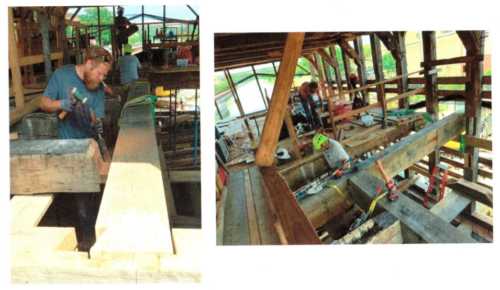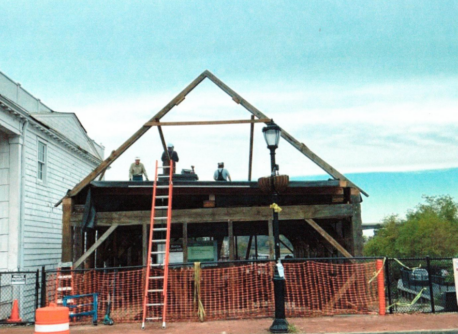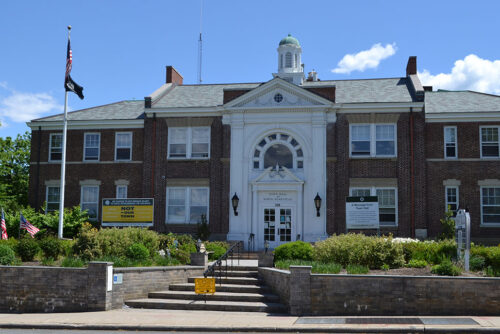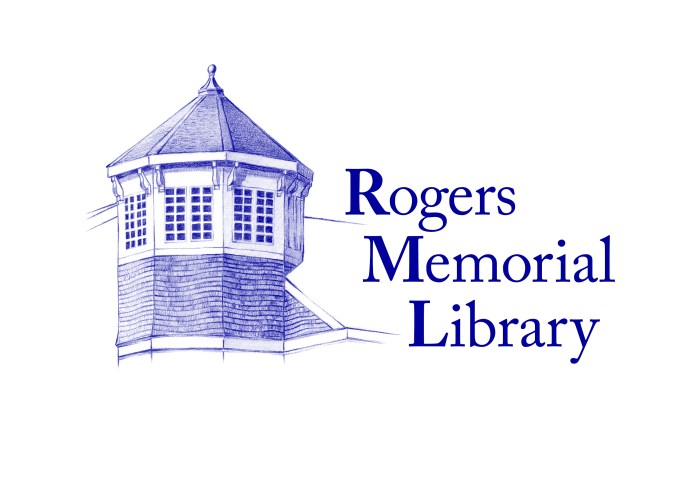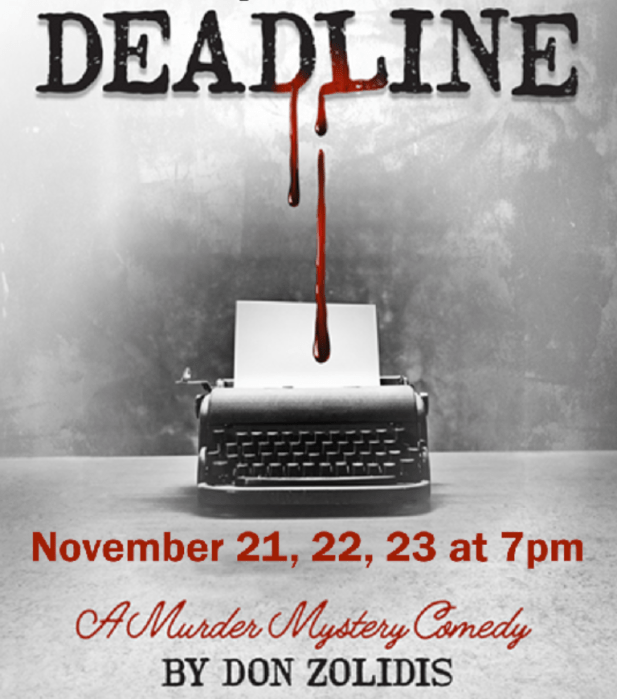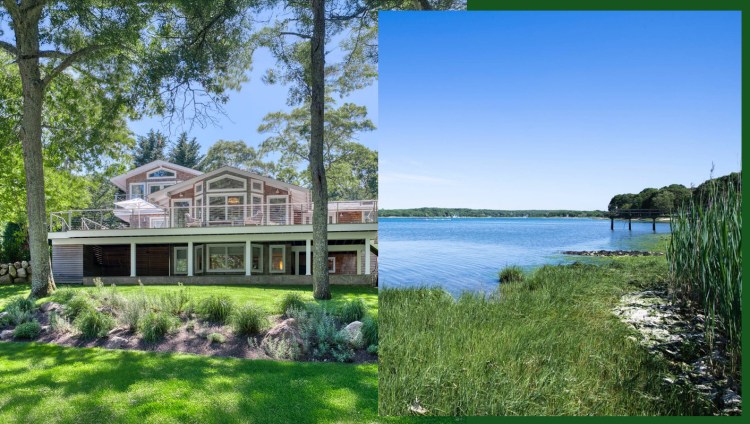The Roslyn Landmark Society is reporting progress in the second phase of its Grist Mill restoration project.
Since it was built between 1715 and 1741, the grist mill has been a mainstay in the community.
The restoration project began in November 2018 and is currently well into phase two, which involves restoring the roof and the sides of the building. Work is expected to continue through the summer of 2025.
“[The restoration] started out as a relatively small project, and now it’s a $6 million project that involves not only the village, but the county, state, U.S. government and many foundations and historical trusts on Long Island,” Co-President and Chairperson of the executive committee Howard Kroplick said.
Since 2018, phase one, structural stabilization, has been completed.
Phase one activities included supporting the structure with steel beams, restoring the timber frame columns and beams, building a new foundation, reinstalling the restored timber frame, and lowering the new building onto its foundation with a new street-level entrance.
Expert timber framers from Vermont and Massachusetts completed the work in August of 2023, Kroplick said.
So far, completed activities in phase two have included finishing the timber frame restoration and south wall reconstruction, installing sill plates for rafters on the east and west sides, interior roofing, timber joinery, and installing large beams for the new floor.
“The new floor is getting in place to be laid down,” Kroplick said. “We believe it’s going to be restored wood; that’s what we have out on the property now.”
Kroplick said work is expected to begin again in October based on the timber framers’ schedule and the delivery of special roofing and wood siding materials.
The rest of phase two projects include completing the roof structure and shingles. Historic rafters and timber work will be installed, which is expected to take six weeks.
“Before the winter, we’re hoping that we’re going to have the roof structure and rafting back up. We’re probably not going to have the actual roofing material done, so we’ll cover up the building during the winter,” Kroplick said. “You’ll see what the second floor looks like by the end of the year.”
Roof shingles are projected to be installed at the beginning of 2025, and materials will be procured for the exterior sliding doors and windows.
The interior will be fixed during the summer of 2025, including flooring materials, an educational center, exit lights and alarms.
“Fortunately, we have funding for this for the rest of the year and into spring. We do have the money to do this,” Kroplick said. “So it’s not a matter of holding it up because of financing. We’re holding up mainly because of schedules and getting material that we’re going to be using.”
Kroplick said the next phase of the project will be the water mill.
“We’re going to have the water wheel, and it’s going to be running,” he said.
Through the efforts of the Roslyn Landmark Society, $6.5 million in grants and contributions have been awarded to make the grist mill restoration project a reality.
Grants and contributions include Gerry Charitable Trust ($1.95 million), New York State REDC ($1.5 million), Howard and Roz Kroplick ($1.0 million), Robert D.L. Gardiner Foundation ($0.5 million), Save America’s Treasures grant, U.S. Rep. Tom Suozzi ($500,000), Nassau County ($439,181) and professor Tim Bestor, a descendant of John Robinson- who built the original Roslyn Grist Mill in 1701 ($250,000).
“The $6.5 million we have so far is not enough to finish the project,” Kroplick said. “We’re going to need another $2 to $2.5 million. It’s probably going to be a $9.5 million project.”
The project is waiting for funding from Nassau County. Kroplick said the county has budgeted a total of $1.95 million as a carry-forward but is still awaiting bonding. A $675,000 grant request was submitted in July 2024 to the NY State Office of Parks, Recreation, and Historic Preservation Grant.
